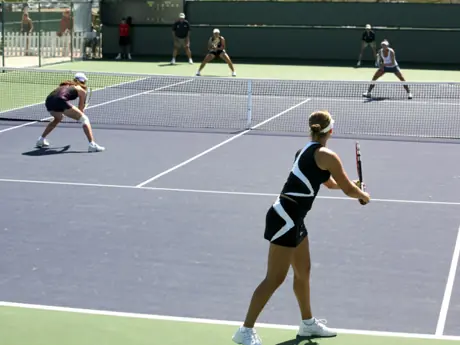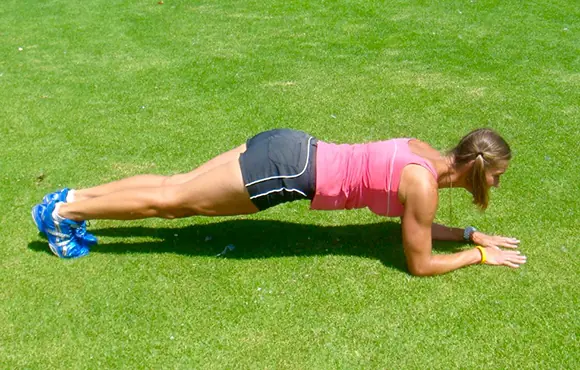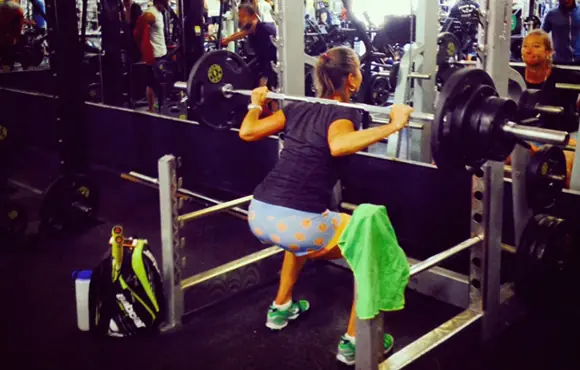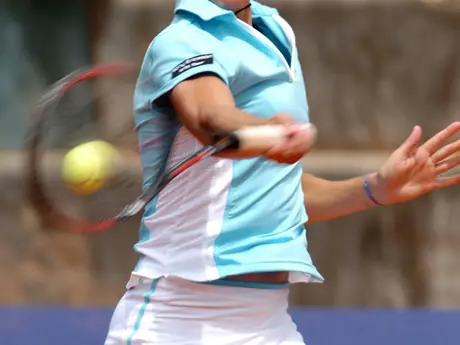
Not many players favor the serve-and-volley style in the modern game, but when you do come across this strategy, it can turn your game upside-down.
Facing such a player can be very frustrating unless you have a great deal of experience under your belt. Here are five tactics you can use the next time you come across a net rusher.
More: 4 Tips for Playing Against Heavy Topspin
1. Make Them Volley
This may seem like routine advice, but that's not quite the case. A serve-and-volley player wants to tempt you to go for the low percentage passing shot off his major weapon. It's hard enough to pass someone who is coming in off a ground stroke -- why would you try to do this off of a serve?
A better tactic would be to make the player volley and see what tools he has in his belt. Maybe it's all just a bluff. You will never know unless you test him.
More: 3 Shots You Need for Doubles -- and 3 You Don't
2. Your Point of Recovery Should be Inside the Baseline
The good serve and volleyers will attempt to combine good serves with sharp angles. For them, this guarantees that the player receiving serve has the most ground to cover. Therefore, returning and then recovering deep behind the baseline's center-T plays right into their hand.
You want to recover in an aggressive position in order to ensure that you are as close to the next shot as possible. Force them to aim their volleys deep -- not only may this draw errors but it will also reduce the angles that they can create.
More: Backswing: Key to Racket Preparation
3. Don't Forget About the Chip
A chip return may give you a better option if you're unsure of your opponent's tendencies. For one, the chip requires little or no back-swing (you're utilizing the opponent's pace and only redirecting the shot), so you can make the decision on where to hit and how deep much later.
Also, the chip requires a continental grip, so if you have a one-handed backhand, it's easier to transition from the forehand grip (Western or Semi-Western) to the chip (since you only have to go half-way).
In addition, a chip has a completely different spin -- something that the volleyer may have difficulty handling. A topspin ball dips into the volleyer's string bed. A well-struck chip will "pop up" off of his strings, thereby forcing the volleyer to make adjustments.
Volleyers are more accustomed to volleying against a topspin than against a ball that spins the "other way."
- 1
- of
- 2
About the Author









Discuss This Article